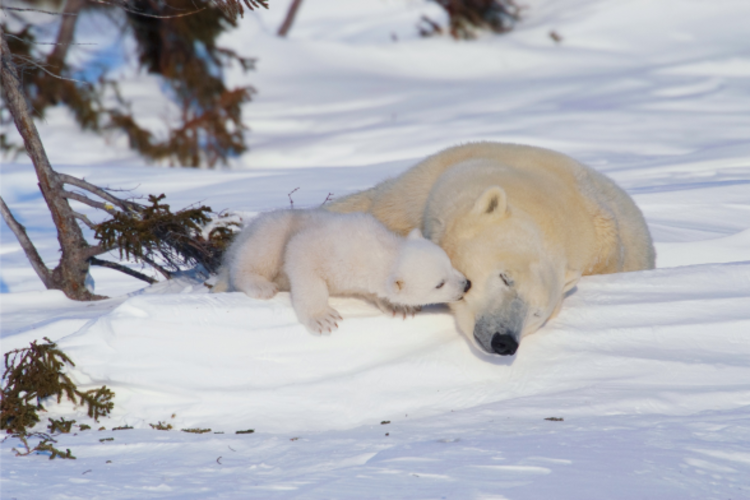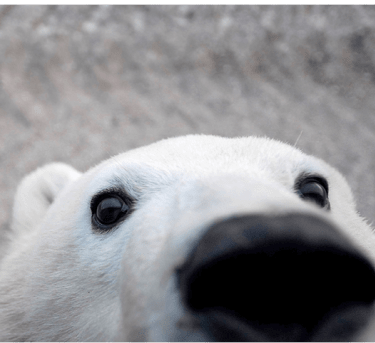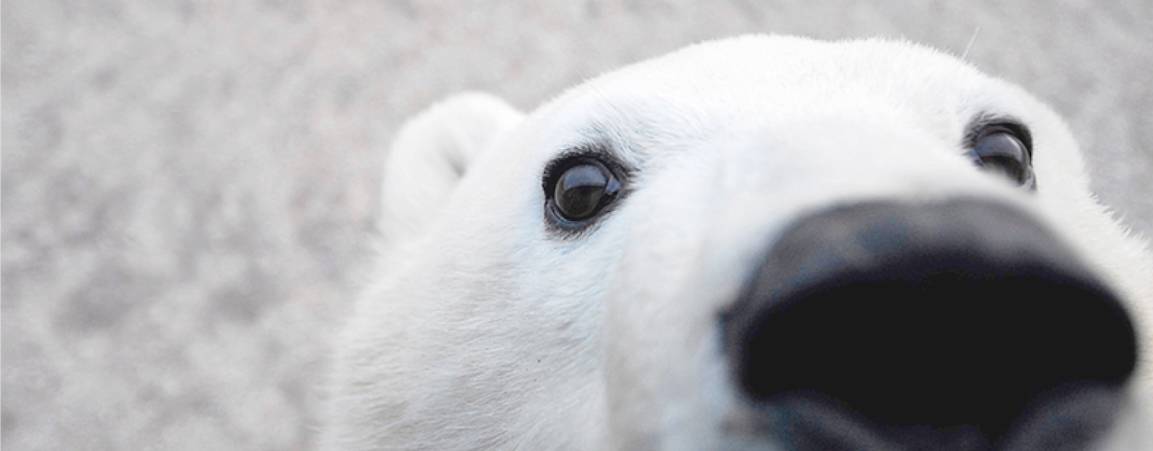Our Impact
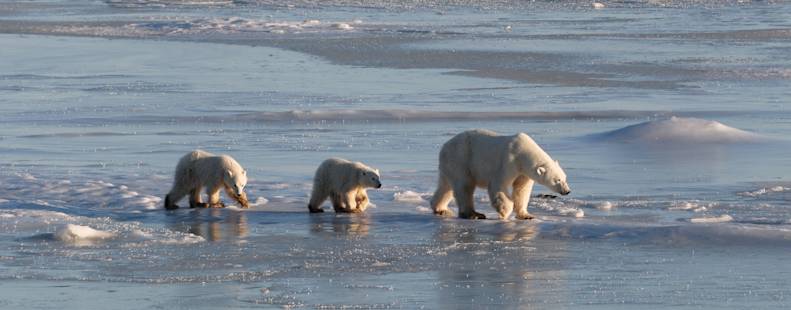
Photo: Daniel J. Cox
Big, brilliant, and built for cold, polar bears are the very symbol of a wild Arctic. Yet, despite their size and strength, they need our help to survive the coming decades.
Making a Difference
At Polar Bears International, our mission is to conserve polar bears and the sea ice they depend on. We work to address both short and long-term threats to polar bears to ensure they roam the sea ice for generations to come. Explore our 2023 Annual Report and our quarterly impact reports below for highlights of our recent accomplishments.
Annual Impact Reports
Quarterly Impact Reports
Catch up on the latest highlights from our science, education, advocacy, and outreach teams, and download the full report below.
1st Quarter Highlights, 2025
Your support directly funded the deployment of remote cameras and the analysis of satellite collar data, enabling us to:
Monitor crucial denning behavior: Gaining a deeper understanding of when and how polar bears emerge from their dens.
Develop new conservation tools: Creating data-driven methods to monitor polar bear denning across the Arctic and reduce conflicts with human activity.
Advocate for stronger protections: Using this research to emphasize the importance of undisturbed denning areas for cub survival.
This study is a testament to the power of collaborative research and your vital role in it. By investing in our work, you're helping us ensure a future where polar bears thrive. Thank you for being a champion for polar bears.
Interested in learning more about what we accomplished together?
Audit Reports
IRS 990 Reports
Give with Confidence


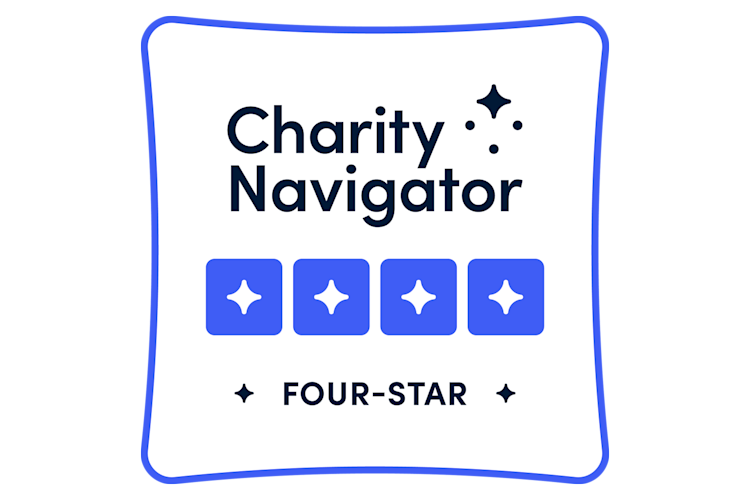

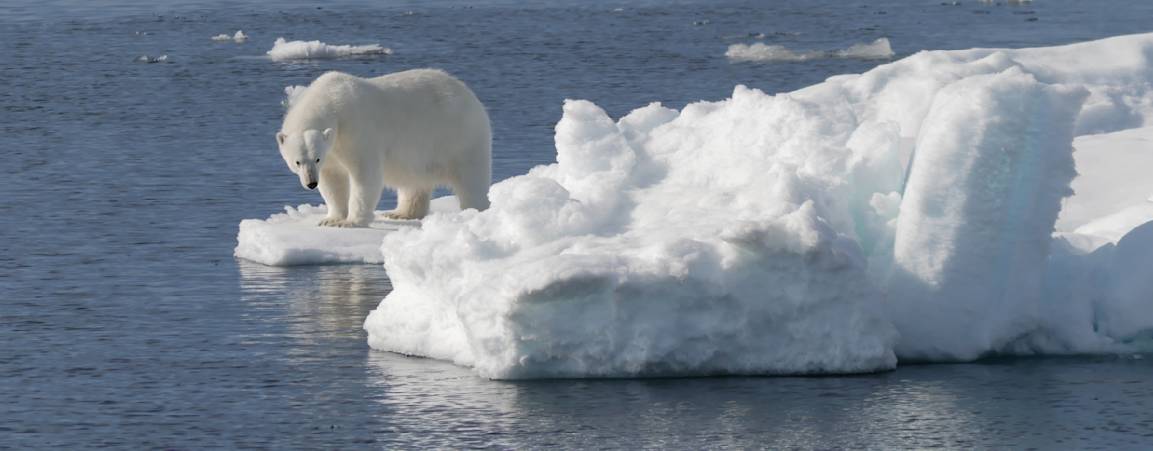
Feeling Inspired?
Together we can make a difference. If we work collaboratively and act on climate warming before it gets worse, we all win, and polar bears will continue to roam the Arctic sea ice for generations to come.
